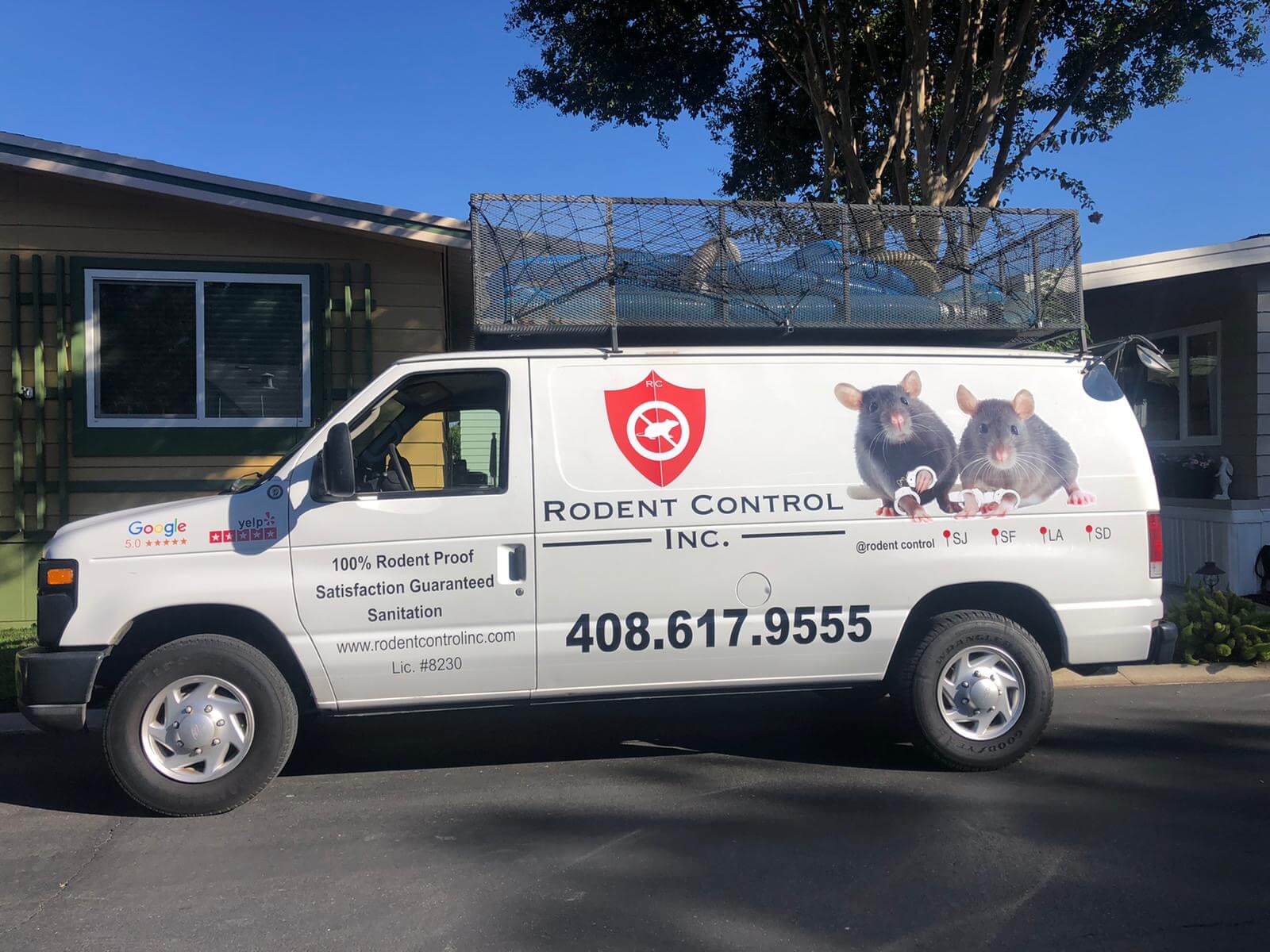Introduction
In an age where technology permeates every aspect of our lives, it’s no surprise that industries are leveraging innovative solutions to enhance their services. One area that has seen significant advancements is rodent control. As urbanization grows and landscapes change, so do the challenges associated with pest management. In this article, we delve deep into The Role of Technology in Modern Rodent Control Services, exploring how technological innovations have revolutionized the way rodent control companies operate, enhancing efficacy while minimizing environmental impacts.
The Role of Technology in Modern Rodent Control Services
Rodents are more than just a nuisance; they pose serious health risks and property damage. Traditional methods of pest control often rely heavily on traps and chemical repellents. However, with emerging technologies, rodent control experts now have a suite of tools at their disposal that not only improve effectiveness but also integrate seamlessly into sustainable practices. These innovations include remote monitoring systems, predictive analytics, and environmentally friendly baiting solutions.
1. Understanding the Need for Advanced Rodent Control Solutions
1.1 The Health Risks Associated with Rodents
Rodents can carry diseases such as hantavirus Rodent Control in Los Angeles and salmonella. Understanding these risks has pushed rodent control companies to seek more effective methods.
1.2 The Financial Impact of Rodent Infestations
From damaged property to lost business revenue, infestations can lead to significant financial burdens.
2. Innovations in Rodent Monitoring Technology
2.1 Smart Traps: A Game Changer in Pest Management
Smart traps equipped with sensors alert pest control experts when rodents are caught, reducing the need for frequent checks.

2.2 Remote Monitoring Systems for Continuous Surveillance
These systems allow for real-time tracking of rodent activity, enabling proactive measures before infestations escalate.
3. Data Analytics in Pest Control Strategies
3.1 Predictive Analytics for Anticipating Infestations
By analyzing data patterns from previous infestations, rodent control experts can predict potential outbreaks and take preventive actions.
3.2 Geographic Information Systems (GIS) for Mapping Infestations
GIS technology helps visualize infestation hotspots, allowing companies to allocate resources efficiently.
4. Eco-Friendly Baiting Solutions: Protecting Our Environment
4.1 Biodegradable Baits: A Sustainable Approach
Innovative bait formulations minimize environmental impact while effectively attracting rodents.

4.2 Non-Toxic Alternatives: Safety First!
These alternatives provide safe options for households with pets or small children while still being effective against pests.
5. Robotics and Automation in Rodent Control Services
5.1 Automated Detection Devices: The Future is Here!
Robotics are gradually entering the pest control industry, providing automated solutions that reduce human intervention.
5.2 Drones for Inspection Purposes: Sky's the Limit!
Drones equipped with cameras can inspect hard-to-reach areas for signs of rodent activity without putting technicians at risk.
6. Integrating Technology into Traditional Rodent Control Practices
6.1 Training Rodent Control Experts on New Technologies
As new tools emerge, ongoing training ensures that pest control professionals remain knowledgeable about modern solutions.
6.2 Customer Engagement through Technology
Tech-savvy customers expect transparency; thus, many companies now offer apps that let clients track service progress and maintenance schedules.
7. Case Studies: Successful Implementation of Technology in Rodent Control Services Near Me
7.1 Highlighting Local Success Stories
A look at how local rodent control companies successfully adopted new technologies to tackle infestations effectively.
8. The Ethical Implications of Technological Advancements in Pest Control
8.1 Balancing Effectiveness with Animal Welfare
Discussions surrounding humane treatment versus extermination practices raise ethical questions within the industry.
9. Community Awareness Programs Powered by Technology
9.1 Educating Homeowners on Preventive Measures
Utilizing social media platforms to spread awareness about effective prevention strategies empowers communities against infestations.
10. Future Trends in Rodent Control Technologies
10.1 Predicting Future Innovations
What’s next? Emerging technologies promise even greater improvements in efficiency and sustainability.
FAQ Section
Q1: What types of technology are used by rodent control companies?
A: Modern rodent control companies use smart traps, remote monitoring systems, data analytics tools, eco-friendly baiting solutions, robotics, and drones for inspections among other technologies.
Q2: How do smart traps work?
A: Smart traps use sensors to detect when a rodent has been captured and send alerts to pest control professionals immediately via mobile apps or notifications.
Q3: Are eco-friendly baits effective?
A: Yes! Many eco-friendly baits are designed using scientifically researched formulations that attract rodents while being safe for humans and pets.
Q4: How can I find a reliable rodent control service nearby?
A: Searching online using phrases like “rodent control near me” or “rodent control services near me” will yield local providers who utilize modern techniques in their operations.
Q5: What should I do if I notice signs of a rodent infestation?
A: Immediate action is crucial; contact local rodent control experts who can assess the situation using advanced technology to ensure thorough eradication efforts.
Q6: Why is data analytics important in modern pest management?
A: Data analytics allows pest control experts to identify patterns and predict potential infestations based on historical data—enabling proactive measures rather than reactive ones.
Conclusion
As we've explored throughout this article on The Role of Technology in Modern Rodent Control Services, it's clear that innovation is transforming how we combat pests like rodents effectively and sustainably today more than ever before! With smart traps alerting us instantly when there's an issue or drones helping us inspect hard-to-reach areas without risking technician safety – these advancements represent just a fraction of what’s possible moving forward!
Whether you're dealing with pesky mice or searching "rodent control experts" online looking for assistance—rest assured that today's technology-driven solutions emphasize safety alongside efficacy while ensuring we protect both our homes and our environment alike!
In summary—embracing these technological shifts not only enhances service delivery but ultimately contributes towards creating healthier living spaces free from unwanted critters!